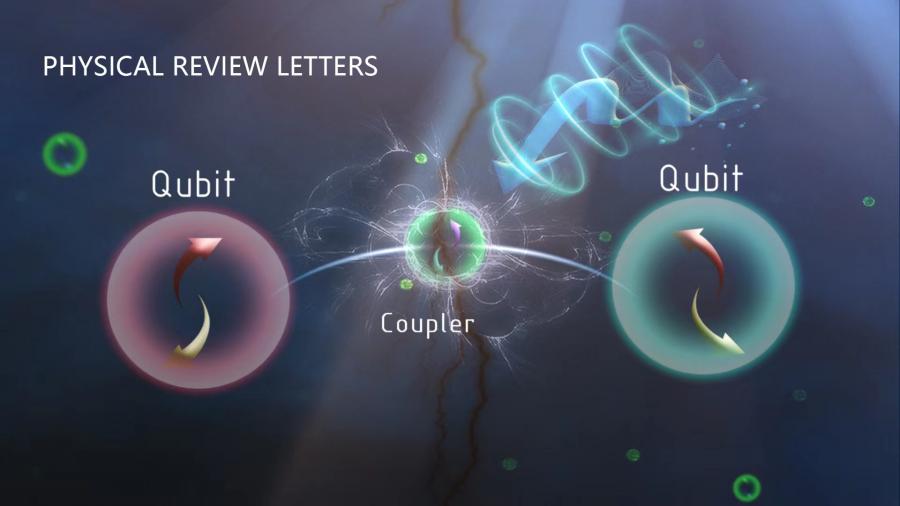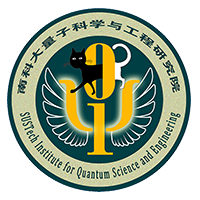Researchers make important progress in field of quantum control of superconducting qubits
The spurious ZZ interaction between qubits is a common crosstalk phenomenon in superconducting qubit chips, which will cause the frequency of qubits to be affected by the surrounding qubits states, thus reducing the manipulation accuracy of quantum gates. Eliminating ZZ interaction is of great significance to improve the overall fidelity of the chip and the depth of the quantum algorithm.
Although this ZZ coupling can be weakened to a certain extent by hardware design, it is difficult to completely eradicate it, and it needs to be further suppressed from the quantum control method. The existing control schemes have limitations in flexibility and scalability and are difficult to be applied in a large-scale quantum processor.

Assistant Researcher Yuan Xu and Associate Researcher Fei Yan’s team from the Shenzhen Institute for Quantum Science and Engineering (SIQSE) at the Southern University of Science and Technology(SUSTech) have recently made significant progress in the field of the quantum control of superconducting qubits. They have proposed and implemented a scalable method to eliminate the residual ZZ interaction between qubits.
This work, entitled “Scalable Method for Eliminating Residual ZZ Interaction between Superconducting Qubits,” was published in the international top physics academic journal Physical Review Letters.
In this study, the research team proposed a novel control method to completely eliminate the residual ZZ interaction between superconducting qubits based on a coupler-connected scalable architecture. By applying a conditional detuning drive to the coupler to fine-tune the energy level structure of the whole system, the residual ZZ interaction can be effectively eliminated.
In the experiment, they observed that the error rate of the idling gate operation between two qubits was reduced by about five times, reaching the decoherence limit. Compared with some existing schemes, the direct control object of this method was the coupler, so each pair of coupled qubits could be adjusted and controlled independently. This has obvious scalability advantages and is compatible with both tunable and non-tunable coupling architectures. Therefore, it is expected to play an important role in large-scale superconducting quantum processors in the future.

Figure 1. (a) Schematic of the superconducting qubits coupling architecture. (b) Illustration of the residual ZZ cancellation method. (c) Experiment data indicating the continuous tuning of the ZZ interaction.
Zhongchu Ni, a doctoral student from the Department of Physics at SUSTech, and Sai Li, a visiting student of SIQSE, are the co-first authors of this paper. Yuan Xu, Assistant Researcher of SIQSE, and Fei Yan, Associate Researcher at SUSTech, are the corresponding authors. Chief Designer Dapeng Yu is the final author. Other collaborators include Associate Researchers Song Liu, Youpeng Zhong, and Jian Li.
This research work was supported by the National Natural Science of Foundation of China (NSFC), the Guangdong Provincial Key Laboratory, and the Shenzhen Science and Technology Innovation Commission.
Paper link: https://journals.aps.org/prl/abstract/10.1103/PhysRevLett.129.040502



